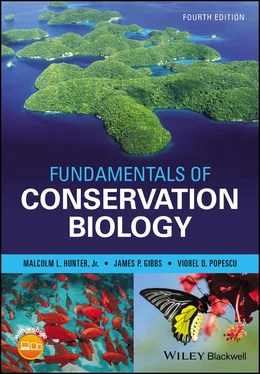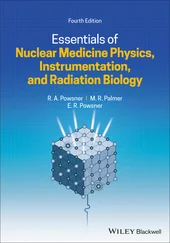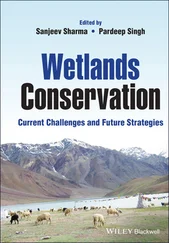Life flourishes in warm, moist places; think about tropical forests, or consider what would happen to a bowl of egg salad left in a picnic basket for a couple of summer days. This simple observation has been supported in the scientific literature by many positive correlations between species richness and temperature, precipitation, energy flux, and complex metrics such as potential evapotranspiration. There are some exceptions to this general pattern and, obviously, the availability of water is not an issue in aquatic ecosystems. Nevertheless, the overall pattern is clear, and it makes sense: more species should be able to evolve and persist in places with adequate water and energy where they can channel their resources into growth and reproduction rather than a struggle to cope with stress. This may be especially true where water and energy are available year round (e.g. many tropical ecosystems) versus very seasonal environments with long periods of cold or drought.
Interestingly, while high levels of disturbance limit diversity (e.g. on the slopes of an active volcano), moderate levels of disturbance may actually promote species diversity. For example, a forest that is subject to occasional windstorms or ground fires may harbor more species than a forest that is rarely affected by disturbance. Occasional flooding tends to enrich river ecosystems and their shore. There are two possible explanations here. First, occasional disturbances are likely to prevent a few species from dominating the ecosystem. (In this context, predation and disease may also be considered forms of disturbance that limit dominance by a few species; recall from Chapter 3how predation by the purple sea star leads to richer intertidal communities.) In other words, the absence of predators, disease, or disturbance may allow a few species to prosper with minimal competition, and, while such ecosystems may be highly productive (e.g. a salt marsh), they will be species‐poor overall. Second, disturbances are usually patchy, and this will generate spatial heterogeneity that allows many species to coexist. For example, a forest that is a mosaic of different age patches created by small wind‐throw events would have all the species associated with different stages of ecological succession, while an undisturbed forest would have just those species associated with a late‐successional stage (i.e. the disturbed forest would exhibit beta diversity among the different patches). Of course, many ecosystems have heterogeneous environments with or without the patchiness of disturbances, and this is also an important source of niches for additional species. For example, an ecosystem that has an array of substrates ranging from clay to boulders will support more species than one that is covered by only clay. Similarly, the vertical dimension of forests and aquatic ecosystems is a form of spatial heterogeneity that adds opportunities for many species.
One simple explanation for why species richness varies among ecosystems is their size. Not surprisingly, more species can fit into a large ecosystem than a small one. There are many reasons for this, which we will discuss in Chapter 8in the section on fragmentation. That discussion will also cover isolation, another factor that limits species richness by curtailing colonization, especially on islands. Time may also be a factor. Notably, the species richness of the tropics may be partly related to having long periods available for coevolution to generate new life‐forms without being bulldozed by glaciers, as has happened repeatedly at higher latitudes.
Finally, we need to recognize that species richness probably operates in a positive‐feedback loop, a “snowballing effect” in more colloquial language, to further increase the diversity of species‐rich ecosystems. Compare two ecosystems, one with 50 species of plants and the other with 200. The latter is likely to support a much wider spectrum of herbivores, pollinators, parasites, pathogens, and so on (Haddad et al. 2009; Lin et al. 2015). In other words, species beget species.
To summarize, the primary driver of species richness is the physical environment, especially how big, warm, and wet it is and how much it varies in space and time because of disturbances and other factors. Secondarily, the dominant species in the system (plants in terrestrial systems and a mixture of plants, algae, corals, and more in aquatic systems) shape diversity by enhancing spatial heterogeneity and providing the basis of a food web. Ultimately, every species may play some role, if only as food for its suite of predators, parasites, and pathogens.
This focus on the relative species richness of different ecosystems returns us to our earlier discussion about mismeasuring biodiversity by overemphasizing species richness ( Chapter 2). Becoming fixated on species richness can lead conservation managers astray. For example, although maintaining the stability of ecosystems is an important argument for avoiding the loss of species, the converse of this argument does not hold: we should not seek to increase the stability of ecosystems by artificially augmenting the number of species, for example by planting new tree species in a forest or adding fish species to a stream network. Similarly, although sustaining species‐rich ecosystems like tropical forests may be a somewhat higher priority than sustaining species‐poor ecosystems, overemphasizing species richness to the exclusion of species‐poor ecosystems would be very short‐sighted. Recall the discussion about salt marshes, home to a narrow range of species but a very important type of ecosystem because of their productivity (see Fig. 4.5). Finally, because each type of ecosystem harbors a unique suite of species, the coarse‐filter approach requires protecting a complete array of ecosystems, even those that may have relatively few species ( Fig. 4.10). In particular, many islands support a precious biota of endemic species, but are not very diverse overall; the Galápagos Islands may be the best example of this.
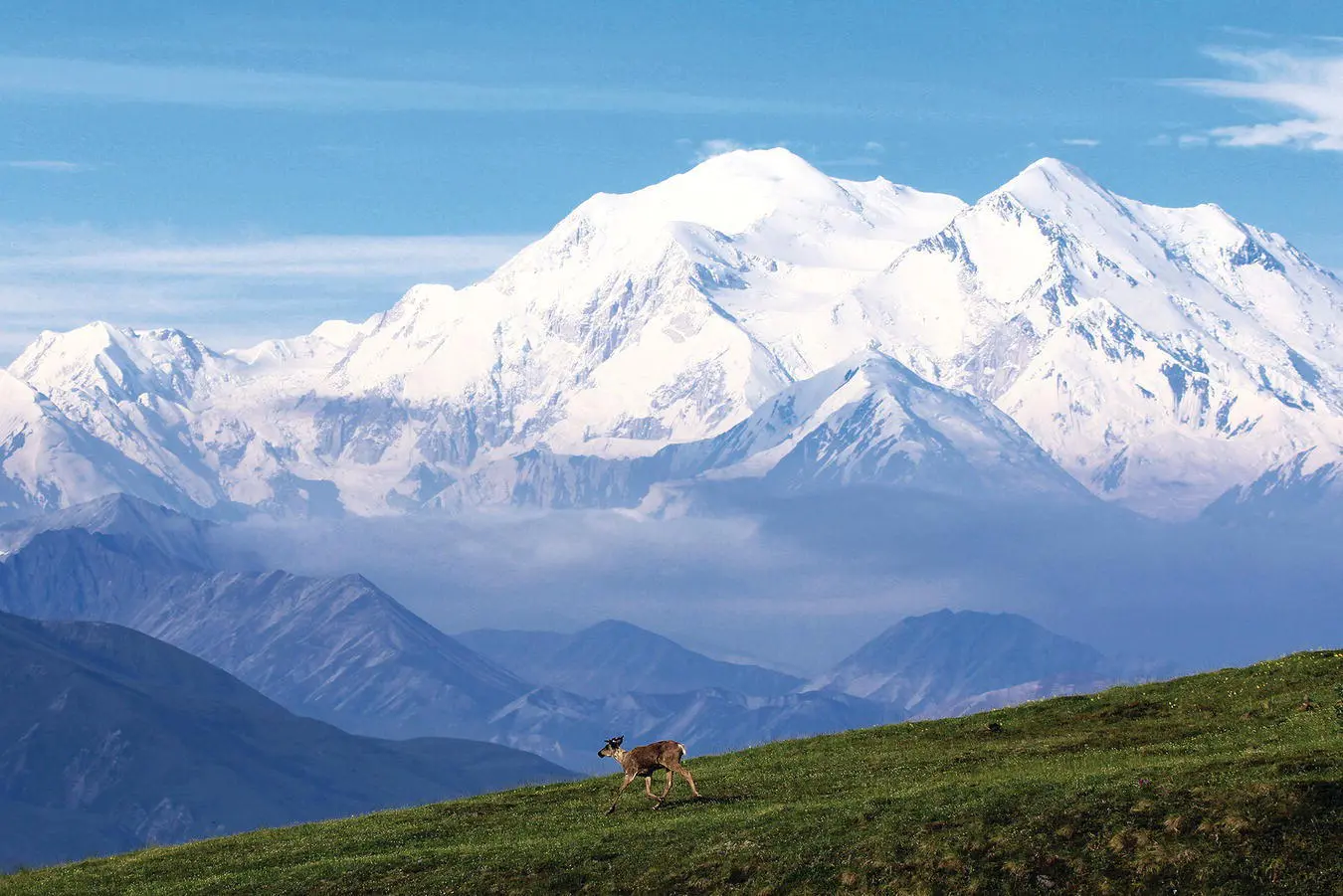
Figure 4.10 The extreme climatic conditions of a high‐latitude or high‐elevation ecosystem (tundra and alpine ecosystems) are the main reason why they support far fewer species than the coral reef depicted in Fig. 4.8. Such ecosystems still merit conservation because of their unique biota and other attributes.
(National Park Service/Public domain)
Ecosystems and Landscapes
The mosaic of ecosystems we see from a plane is not just a random array. There are patterns to the spatial configurations of ecosystems. Lakes are drained by rivers and bordered by marshes, woodlots are patches embedded in a matrix of agricultural ecosystems, clearcuts are patches in a matrix of forests, and so on. Human‐dominated landscapes in particular have a regularity of pattern and a sharp‐edged character not found elsewhere. Ecologists call these mosaics of ecosystems landscapes, and a subdiscipline called landscape ecology has developed (Forman 1995 ; Turner and Gardiner 2015) ( Fig. 4.11). For example, landscape ecologists are interested in ecosystems that occur as long, narrow strips such as rivers and their associated riparian (shore) ecosystems because these ecosystems may serve as corridors that facilitate organisms moving among ecosystems. Also of interest to landscape ecologists are the edges between ecosystems. The interface between a forest and a field is one example: it will be avoided by some species and preferred by other species (Hunter and Schmiegelow 2011).
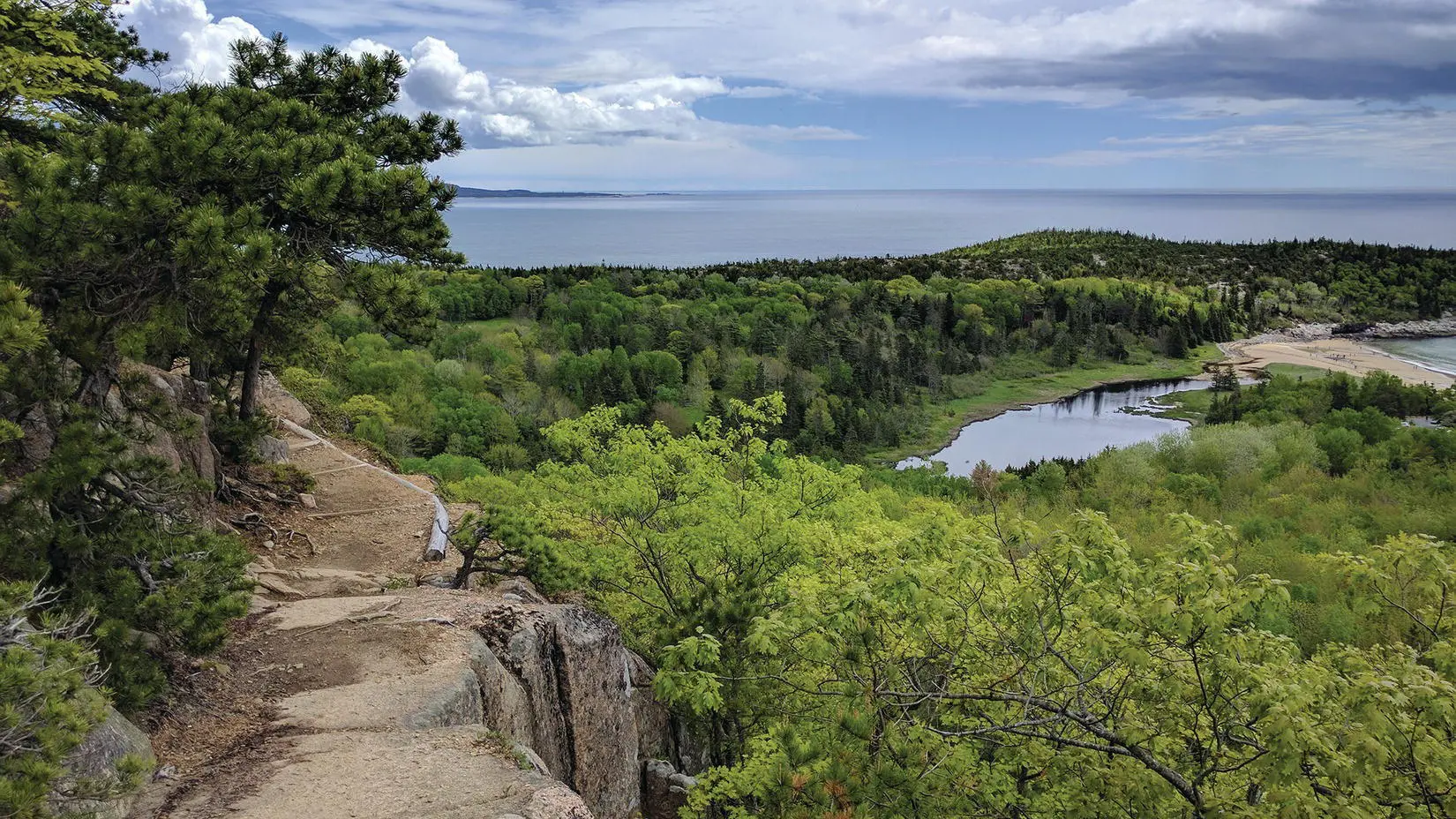
Figure 4.11 Ecologists refer to a mosaic of interacting ecosystems as a landscape. How many different types of ecosystem can you recognize in this fine‐scale landscape on the coast of Maine, USA?
Читать дальше
